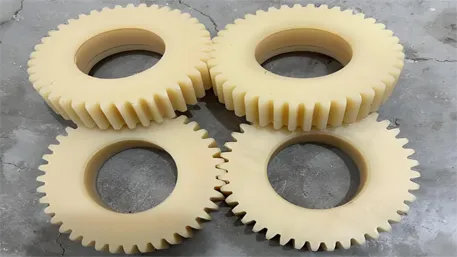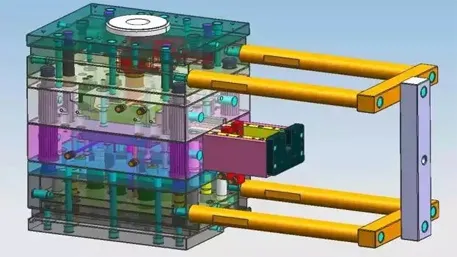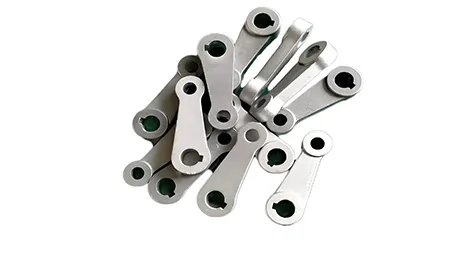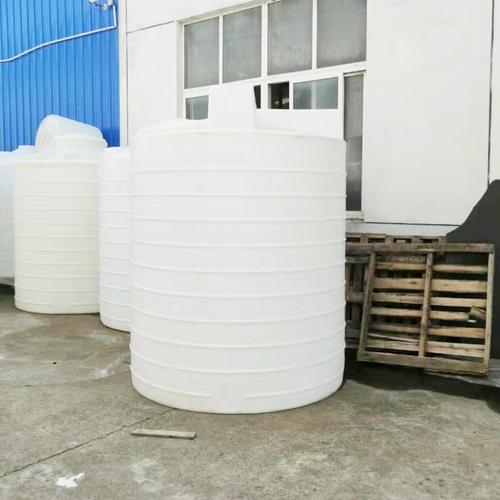In modern manufacturing, the precision and efficiency of CNC machining depend not only on equipment and processes but also crucially on material selection. From titanium alloy components in aerospace to engineering plastic casings in consumer electronics, the physical and chemical properties of different materials directly influence machining feasibility, manufacturing costs, and final applications. This guide systematically deconstructs the CNC machining material system, providing a full-chain decision-making framework for engineering design—from material properties to application scenarios.
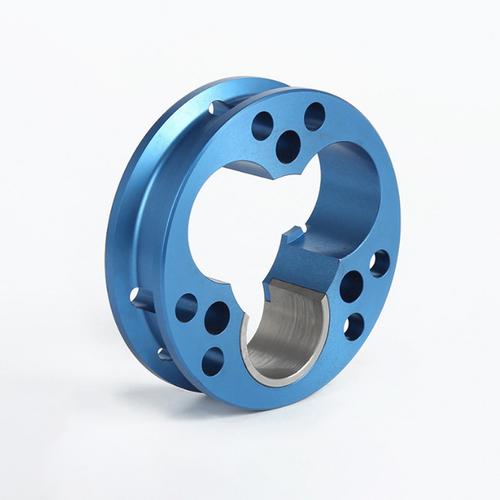
1. Metal Materials: The Cornerstone of Strength and Durability
Metals serve as the mainstay of CNC machining due to their excellent mechanical properties. Different alloy systems exhibit vastly different machining adaptability based on composition:
1.1 Aluminum Alloys: Balancing Lightweight and Cost-Effectiveness
- Typical Grades: 6062 (general-purpose), 7075 (high-strength); density ~2.7g/cm³, only 1/3 that of steel.
- Machining Advantages: Low cutting resistance, minimal tool wear, suitable for high-speed machining (cutting speed up to 300–500m/min).
- Applications: Automotive lightweight components (e.g., suspension brackets), drone frames, consumer electronics casings.
- Post-Processing Compatibility: Anodizing enhances corrosion resistance and offers excellent coloring effects.
1.2 Stainless Steel: Unity of Corrosion Resistance and Strength
- Core Types: 304 (general corrosion resistance), 316 (marine-grade), with chromium content ≥12% forming a passive film.
- Machining Challenges: High ductility causes concentrated cutting heat; requires ceramic or CBN tools (cutting speed reduced to 80–120m/min).
- Medical Applications: Surgical instruments, implants (compliant with biocompatibility standard ISO 10993).
- Surface Treatment: Electropolishing achieves a mirror finish with Ra ≤0.2μm.
1.3 Titanium Alloys: Performance Kings in Extreme Environments
- Typical Grade: Ti-6Al-4V (aerospace-grade), tensile strength ≥900MPa, density 4.5g/cm³.
- Machining Difficulties: Low thermal conductivity (1/4 that of steel), requiring high-pressure cooling systems to prevent tool overheating.
- Aerospace Applications: Engine blades, fuselage frames (withstands temperature fluctuations from -253°C to 600°C).
- Cost Factors: Raw material prices ~10x that of aluminum alloys, with low machining efficiency driving up overall costs.
1.4 Copper and Bronze: Specialized Materials for Unique Properties
- Copper: Electrical conductivity ≥97% IACS, antibacterial properties (copper ion release ≥99% bacteriostatic rate) suitable for medical devices.
- Bronze: Copper alloys with 5–12% tin content, outstanding wear resistance (friction coefficient 0.15–0.3), commonly used in bearing manufacturing.
2. Engineering Plastics: Innovations in Lightweight and Functional Design
Plastic materials have carved out unique applications in precision manufacturing due to their diverse physical properties:
2.1 ABS: A Benchmark for Cost-Effectiveness and Moldability
- Material Properties: Impact strength ≥20kJ/m², heat deflection temperature 85°C, melt flow index 10–20g/10min.
- Machining Advantages: Good melt fluidity allows high-speed cutting (feed rate 0.1–0.2mm/r), ideal for rapid prototyping.
- Consumer Electronics: Phone casings, home appliance panels (note yellowing risk under UV exposure).
2.2 PEEK: The Epitome of High-Performance Plastics
- Thermal Properties: Melting point 343°C, long-term service temperature 260°C, flame retardancy rating V-0 (UL94).
- Medical Implants: Spinal fusion devices (compliant with ISO 13485), replacing titanium alloys to reduce metal allergy risks.
- Machining Parameters: Cutting speed ≤50m/min, requires coated tools (TiAlN coating is optimal).
2.3 PMMA: The Preferred Choice for Optical Transparency
- Light Transmittance: ≥92%, haze ≤1%, comparable to optical glass.
- Machining Notes: Brittle and prone to cracking; use spiral-edge tools (rake angle 15°–20°) and low-temperature cutting (≤50°C).
- Optical Applications: Lenses, light guide plates (surface roughness control Ra ≤0.8μm).
2.4 PTFE: Sealing Expert in Extreme Environments
- Friction Coefficient: 0.05–0.1, excellent self-lubrication, resistant to strong acids and alkalis (pH 0–14).
- Aerospace Applications: Seals (withstands -200°C to 260°C), but cold flow may occur during machining, requiring cutting force control.
3. Special Materials: Performance Breakthroughs for Niche Scenarios
Beyond metals and plastics, certain materials demonstrate irreplaceable value in specific fields:
3.1 Carbon Fiber Composites
- Composition: 60–70% carbon fiber + epoxy resin, tensile strength ≥3000MPa, density 1.6–1.8g/cm³.
- Machining Challenges: Fiber directionality causes tool wear (diamond-coated tools extend life by 3x); requires dust-proof workshops (fiber dust is carcinogenic).
- Aerospace Applications: Aircraft wing skins (weight reduction ≥30%).
3.2 Ceramic Materials
- Typical Types: Aluminum oxide (Al₂O₃), zirconia (ZrO₂), hardness ≥HRA85.
- Machining Processes: Require diamond grinding wheels (linear speed 10–20m/s); cutting fluid must be filtered (prevents abrasive residue).
- Electronic Applications: Semiconductor wafer carriers (thermal expansion coefficient close to silicon).
3.3 Silicone (High-Hardness Type)
- Hardness Range: Shore hardness 60–90A, elongation at break ≥300%.
- Machining Method: Waterjet cutting (avoids elastic deformation from mechanical processing).
- Medical Applications: Seals (compliant with USP Class VI biocompatibility testing).
4. Material Selection Decision Matrix: From Technical Parameters to Commercial Implementation
Material selection requires a multi-dimensional evaluation system. Key decision factors include:
| Evaluation Dimension | Technical Indicators | Decision Logic |
|---|---|---|
| Mechanical Properties | Tensile strength, yield strength, impact toughness | Load-bearing components need ≥500MPa tensile strength; vibration environments require impact toughness ≥50kJ/m². |
| Environmental Adaptability | Salt spray resistance (ASTM B117), temperature range | Marine engineering needs ≥1000-hour salt spray testing; engine components must withstand ≥300°C. |
| Processing Cost | Material unit price + machining time (min/piece) | Aluminum alloy machining costs ~1/5 of titanium alloys; batch production requires tool life cost consideration. |
| Regulatory Compliance | Food contact certification (FDA), medical certification (CE) | Tableware must comply with FDA 21 CFR 177.1640; implants require CE MDR certification. |
| Sustainability | Recycling rate, carbon emission coefficient | Aluminum recycling consumes only 5% of primary aluminum energy; prioritize recyclable materials. |
Typical Case Decision Chain:
- Requirement: Design a deep-sea robot casing (1000m water depth, needing high pressure resistance + corrosion resistance).
- Candidate Materials: Titanium alloy (Ti-6Al-4V), PEEK, stainless steel 316L.
- Elimination Analysis: 316L may experience pitting in deep-sea chloride environments; PEEK compressive strength (≈200MPa) is insufficient.
- Final Selection: Titanium alloy (compressive strength ≥1000MPa, seawater corrosion rate <0.001mm/year).
5. Interactive Influence of Machining Processes and Materials
Material properties directly determine machining strategy formulation. Key adaptation principles include:
5.1 Hardness Adaptation
- Soft materials (e.g., aluminum): Use high spindle speed (10,000–15,000rpm) + low feed rate (0.05–0.1mm/r) to avoid tool sticking.
- Hard materials (e.g., titanium alloys): Low spindle speed (1,000–3,000rpm) + high feed rate (0.2–0.5mm/r), leveraging cutting heat to soften the material.
5.2 Thermal Management Strategies
- Stainless steel machining: Must use extreme pressure cutting fluid (with sulfur-phosphorus additives), control cutting temperature ≤300°C.
- PEEK machining: Dry cutting or air cooling (water cooling may cause stress cracking), spindle speed ≤5,000rpm.
5.3 Tool Selection Matrix
| Material Type | Recommended Tool Material | Coating Solution |
|---|---|---|
| Aluminum alloys | Cemented carbide (K10–K20) | AlTiN coating |
| Titanium alloys | Ceramic (Al₂O₃+TiC) | Uncoated (avoid thermal stress) |
| Engineering plastics | High-speed steel (M2) | PTFE coating (friction reduction) |
6. Future Trends: Material Innovation Driving Machining Transformation
-
Metal Matrix Composites (MMC)
- Aluminum alloy reinforced with silicon carbide (SiC) particles, wear resistance increased 3x, used in automotive brake discs (wear rate ≤0.1mg/km).
-
Biodegradable Materials
- Magnesium alloy with hydroxyapatite coating, degradation rate 0.5–1mm/year, suitable for absorbable fracture fixators.
-
Functionally Graded Materials (FGM)
- Titanium alloy-ceramic gradient structure, surface hardness HRC60+, internal metal toughness retained, used in aerospace engine seals.
Conclusion: CNC machining material selection has transcended simple technical considerations, evolving into a systems engineering discipline integrating mechanical properties, processing technology, cost control, and sustainability. Against the backdrop of Industry 4.0, material databases and AI simulation technologies (such as ANSYS material selection modules) are propelling material decision-making from experience-driven to data-driven. Only by establishing a three-dimensional cognitive system of “material properties-machining processes-product requirements” can optimal balance between performance and cost be achieved in precision manufacturing.

